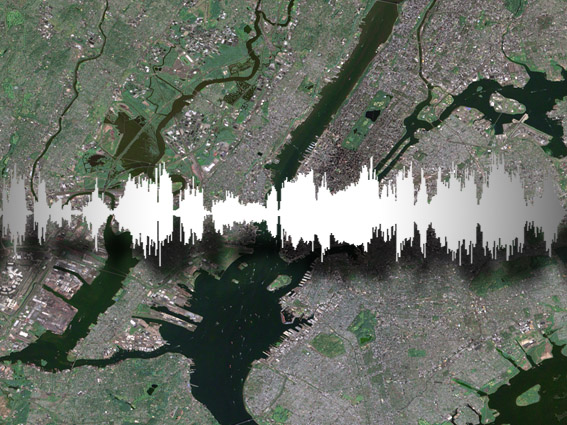Home Speakers: USA, Central and Eastern Europe, Israel, Argentina, Mexico
Background
It belongs to the Indo-European family, Germanic group, West Germanic subgroup and is spoken by over 200,000 people in Israel and over 3 million people in the world. The Yiddish (meaning “Jewish”) language is the chief vernacular of Ashkenazic Jews, native to or with antecedents in Eastern and Central Europe. Yiddish arose between the 9th and 12th centuries in south-western Germany as an adaptation of Middle High German dialects. To the original German were added those Hebrew words that pertained to Jewish religious life. The vocabulary of the Yiddish spoken in Eastern Europe during recent times comprised about 85% German, 10% Hebrew, 5% Slavic, with traces of Romanian, French and other elements. Many English words and phrases entered Yiddish, becoming integral part of the language as it is spoken in the US. Yiddish exists in two groups of dialects. The western dialect, with few speakers, is centred in German-speaking areas of Western Europe. The eastern dialect is subdivided into a north-eastern branch (Yiddish spoken in the Baltic countries and Russia), a western branch (Yiddish spoken in Poland) and a southern branch (Yiddish spoken in Romania, Ukraine and Moldava). In Israel the Hebrew language is predominant and Yiddish is spoken as a second language, especially by older generations with an Eastern background. The Hebrew script is used.
Reprinted from www.unhchr.ch/udhr/

